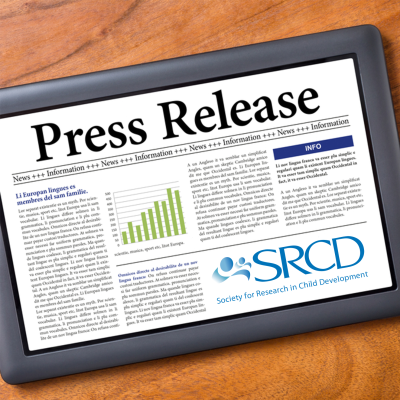Children's Health, Access to Care Differ by Parents' Immigrant Status
PRESS RELEASE / CHILD DEVELOPMENT: Embargoed for Release on September 11, 2012
Health is an important part of development, with links to how children do cognitively and academically, and it’s a strong predictor of adult health and productivity. A new study of low-income families in the United States has found that children’s health and access to health care services differ according to the immigrant status of their parents.
The study, by researchers at Cornell University and the University of Chicago, is published in the journal Child Development, whose September/October 2012 issue has a special section on the children of immigrants.
Although immigrants make up less than 13 percent of the total population, children of immigrants make up 22 percent of all children and 30 percent of low-income children in the United States. Because most children in immigrant families were born in the United States, they are eligible for government assistance on the same basis as all other U.S. citizens. Yet they differ in the extent to which they have health insurance and use a regular health care provider.
The study examined nationally representative data on more than 46,000 low-income children (under age 18) from the 1996, 2001, 2004, and 2008 panels of the Survey of Income and Program Participation, a Census Bureau survey. Children’s immigrant status was classified according to the status of their parents as nonpermanent residents, permanent residents, naturalized citizens, or members of a native household. The study looked at the health status of the children as reported by their mothers and at whether the children saw a dentist or doctor in the past year.
Researchers found that low-income children of immigrants have significantly less good health and see doctors and dentists less often than low-income native-born children. Children with at least one nonpermanent resident parent have the poorest health and are least likely to visit a doctor or a dentist compared to all other children.
“Our findings underscore the idea that those with more precarious immigration statuses show the poorest health outcomes, and that families with noncitizen members face barriers, real or perceived, to using relevant programs—in this case, health-related programs,” according to Kathleen M. Ziol-Guest, a postdoctoral associate at Cornell University, who led the study.
“Noncitizen parents may be unaware of their U.S.-born children’s eligibility for important benefits, or they may believe that seeking assistance for eligible children would hinder other family members’ efforts to obtain citizenship or legal status, or their ability to re-enter and stay in the United States.”
Funding for the study was provided by the Robert Wood Johnson Foundation Health and Society Scholars program at Harvard University and by the Foundation for Child Development’s Changing Faces of America’s Children – Young Scholars Program.
###
Summarized from Child Development, Volume 83, Issue 5, Health and Medical Care Among the Children of Immigrants by Ziol-Guest, KM (Cornell University) and Kalil, A (University of Chicago). Copyright 2012 The Society for Research in Child Development, Inc. All rights reserved.


